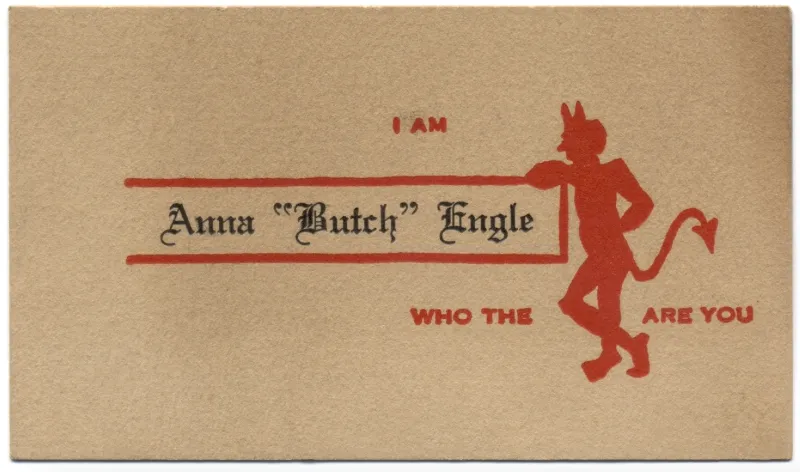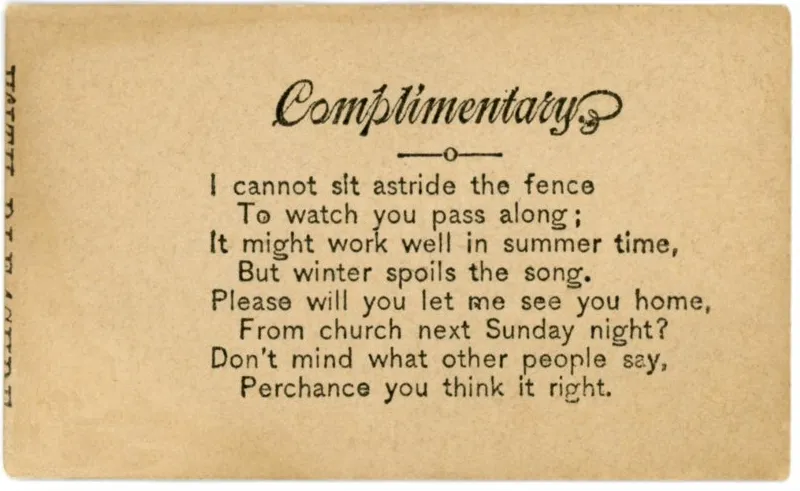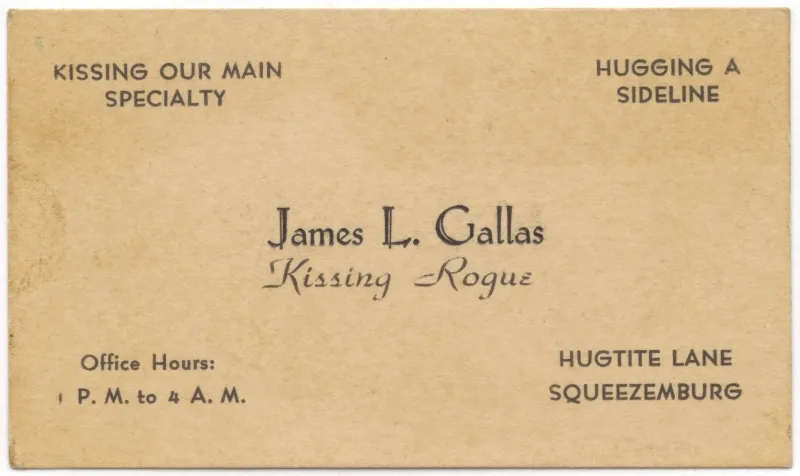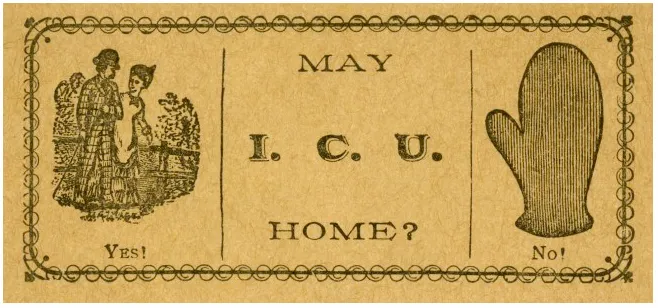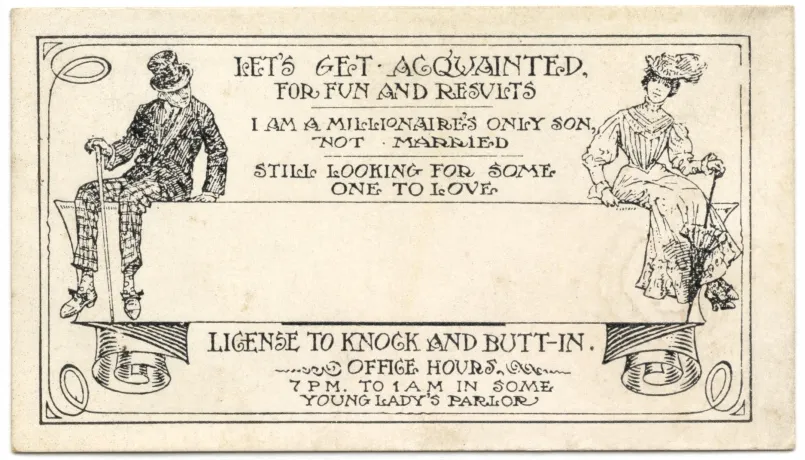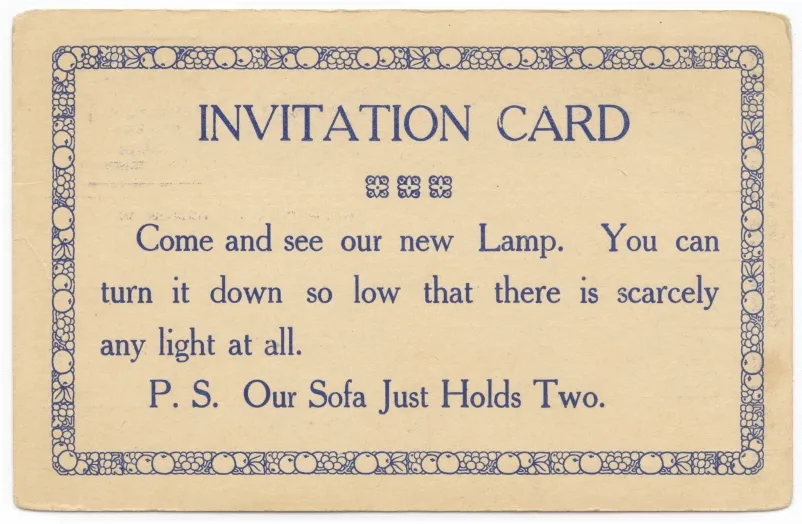Instead of Cheesy Pickup Lines, 19th-Century Americans Gave Out Calling Cards
Consider it the Victorian-era version of OKCupid
Let’s face it: dating has always been tough, whether you’re trying to decide if you should swipe right on a Tinder match or striking up a conversation at a bar. Add in the elaborate social conventions that dictated late 19th-century behavior in America and you have a whole new set of rules governing how best to approach that special someone. But for those men looking to invite a lady along for a walk without being screened by her chaperone, there was the “flirtation card”: a small calling card often printed with a relatively bawdy pickup line, Becky Little writes for National Geographic.
A coy card reading “May I. C. U. Home?” could be easily slipped into a young woman’s palm, while a much more direct one stating the bearer was “Not Married and Out for A Good Time” would avoid any confusion that might arise during more traditional courtship. In Victorian-era America, most high society ladies’ interactions were governed by strict rules and watched closely by chaperones any time they were out of the house. Under this kind of scrutiny, it was nearly impossible for eligible bachelors and single ladies to meet without a formal introduction by a mutual acquaintance, unless they committed a major social faux pas by speaking to each other directly. So in order to get around these strict conventions, some turned to sneaking these flirtation cards (also known as “acquaintance” or “escort” cards) into the hands of the people they fancied, says Little.
“The exchange of calling cards in the late 19th century served as a formal means of maintaining social contacts,” collector Alan Mays tells Little. “In contrast, acquaintance cards were lighthearted and humorous, and they parodied the conventional etiquette associated with calling cards.”
It’s not clear how seriously people took these cards, but they range from the fairly harmless to the ribald (by Victorian standards, at least). For every card that asked "May I be permitted the blissful pleasure of escorting you home this evening?" there was the more direct "Let's get acquainted for fun and results," Linton Weeks writes for NPR.
As Annabel Fenwick Elliott noted for the Daily Mail, many of these cards “have all the flowery but insincere charm of a cheesy modern-day pick-up line.” But at the time, even these bad jokes were picked apart by members of high society concerned that these little cards could tear down the rules that governed every little interaction.
"To the unrefined or under-bred, the visiting card is but a trifling and insignificant bit of paper; but, to the cultured disciple of social law, it conveys a subtle and unmistakable intelligence,” Abby Buchanan Longstreet wrote in the 1878 edition of Social Etiquette of New York. “Its texture, style of engraving, and even the hour of leaving it, combine to place the stranger, whose name it bears in a pleasant or a disagreeable attitude, even before his manners, conversation, and face have been able to explain his social position."
Whether the cards were intended to be scandalous or serve as an innocent flirtation, their time on the dating scene was short. The popularization of bicycles and early automobiles among high society youth gave these wannabe Casanovas more and more opportunities to sneak away from their disapproving elders, phasing out the need to place these little calling cards into a special someone's pockets. Though flirtation cards might be long gone, at least we can use them to imagine what Victorian-era OKCupid messages might have looked like.
